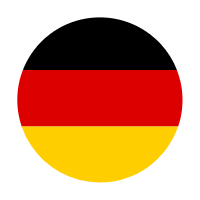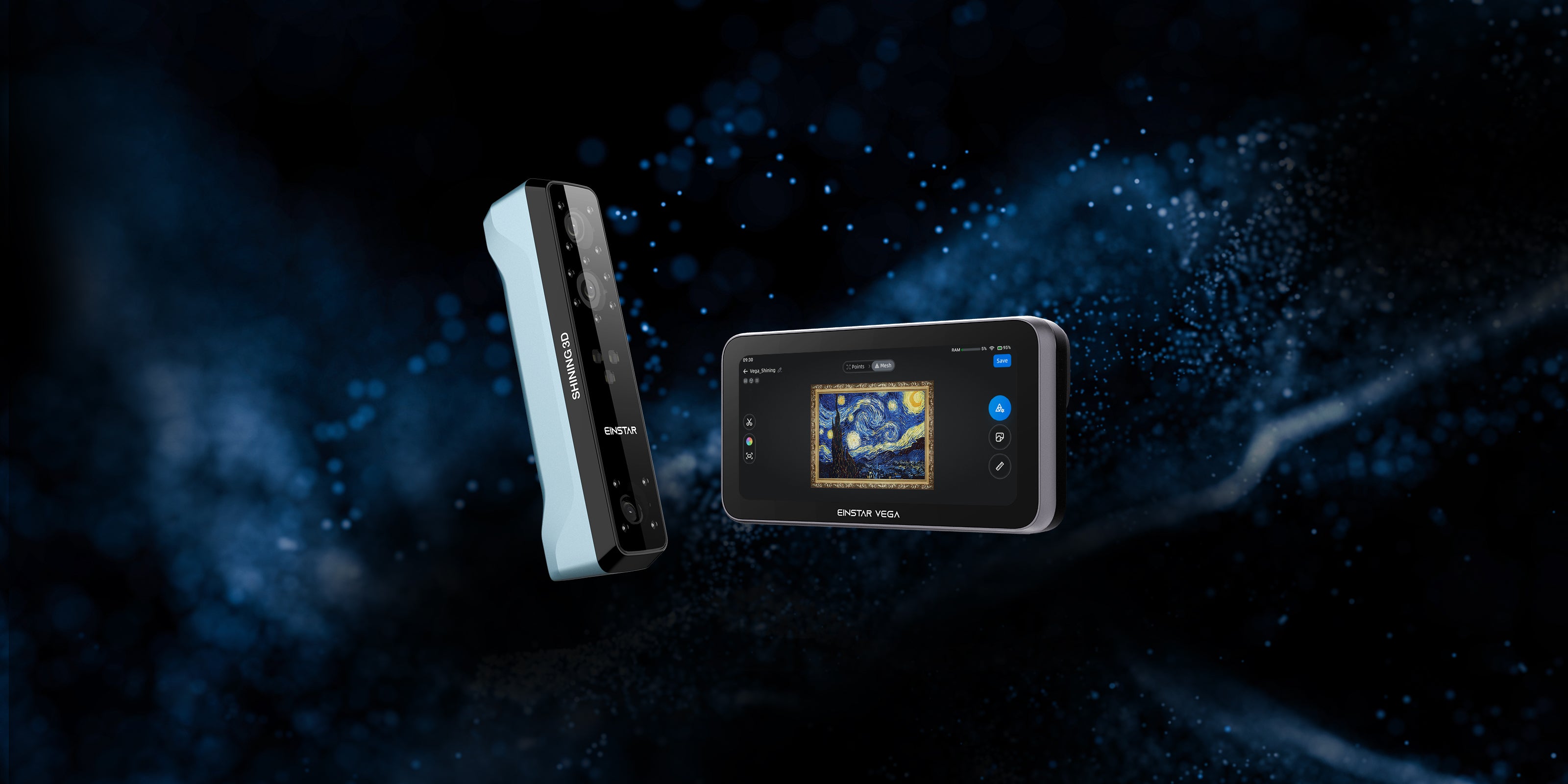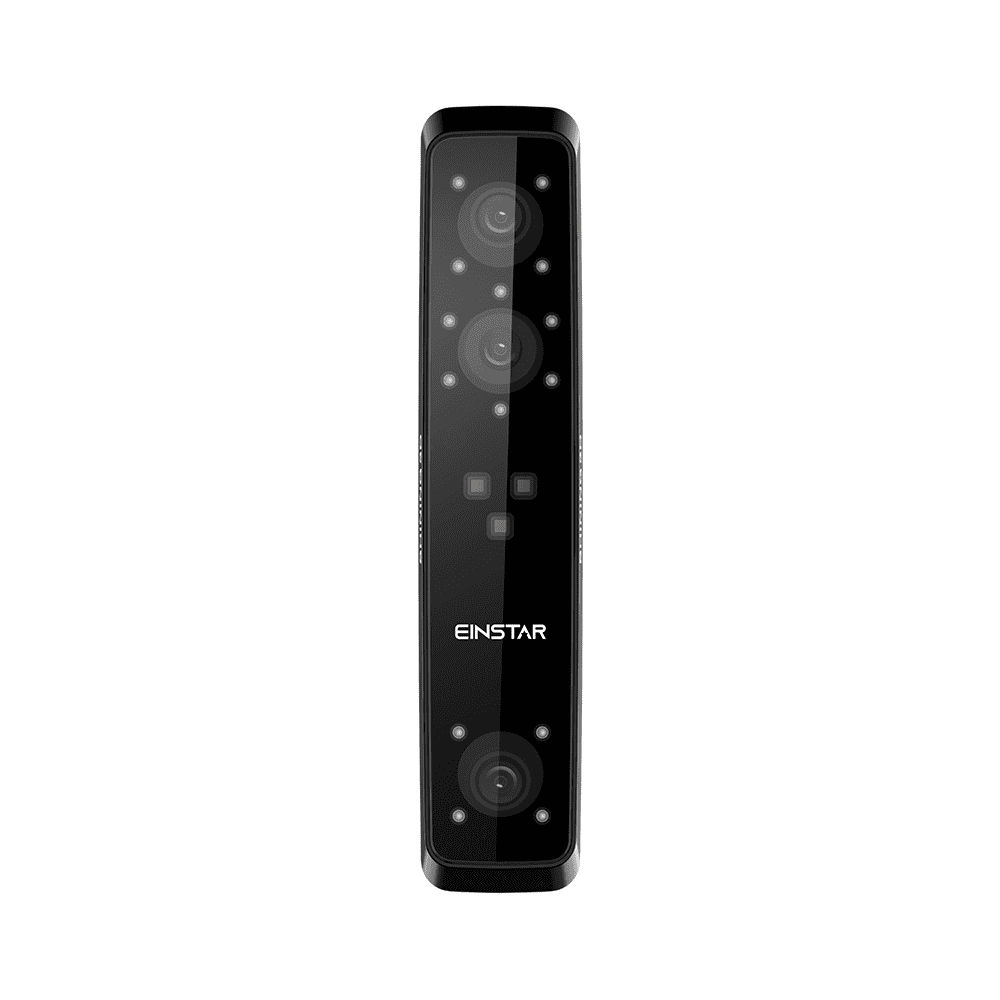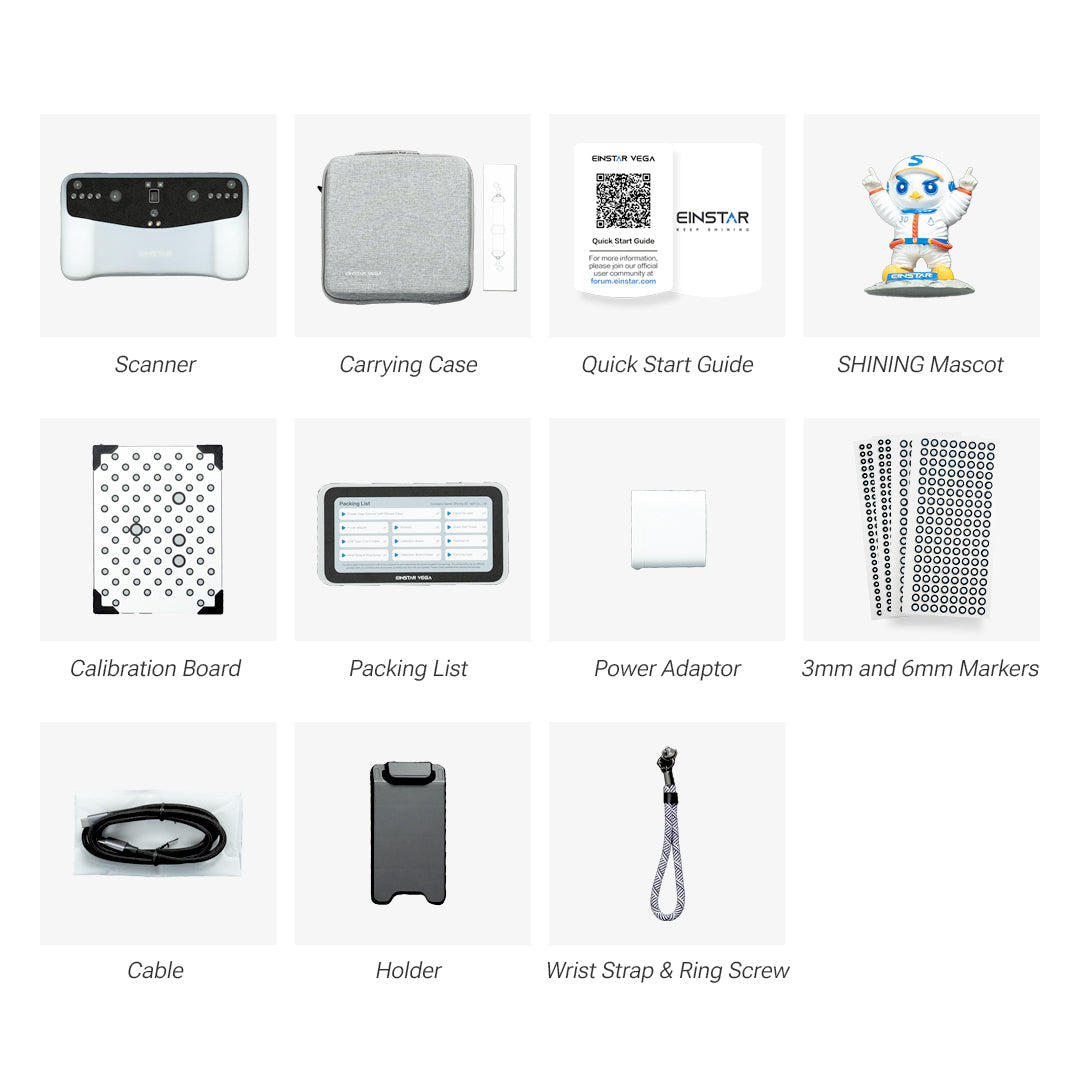Why Choose EINSTAR 3D Scanners?
EINSTAR offers a combination of advanced technology, user-friendly software, global support, and valuable added benefits that make our 3D scanning device a smart choice for all 3D scanning needs. Whether you're a professional or a beginner, EINSTAR has got you covered.
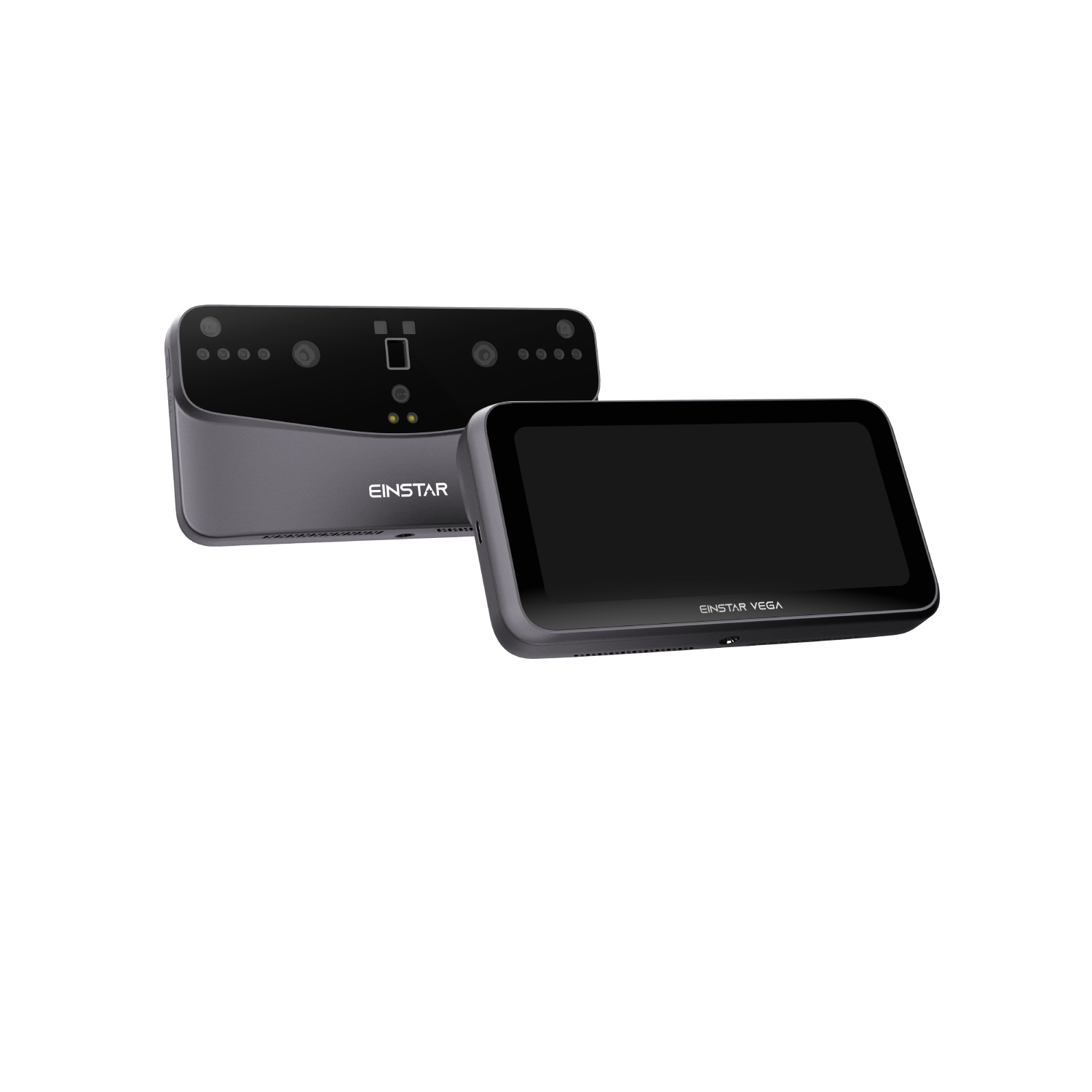
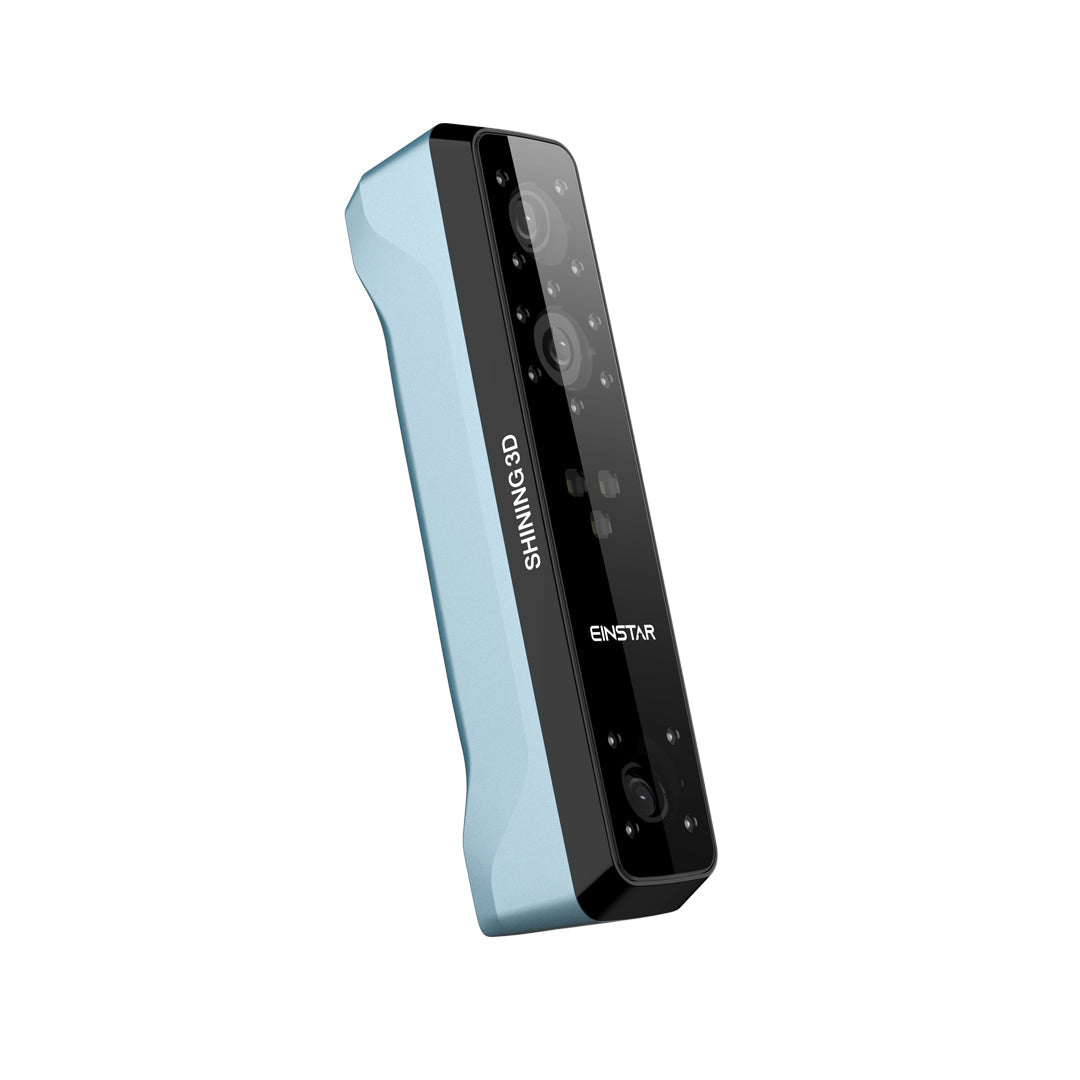
HD Mode: 0.05mm~3mm
Fast Mode: 0.5mm~10mm
0.1 mm ~ 3 mm
HD Mode: Infrared MEMS
Fast Mode: Infrared VCSEL
Infrared VCSEL
48 MP
1.3MP
HD Mode: 100-250mm
Fast Mode: 350-1500mm
Effective Distance: 160mm-1400mm
Optimal Distance: 400mm
Blog posts

SHINING 3D is now an Official Club Sponsor of the VfB Stuttgart Soccer Club
We are thrilled to announce that SHINING 3D, a global leader in 3D Digitizing, Metrology and Digital Dentistry solutions, is now an official sponsor of VfB Stuttgart. This exciting new partnership ...
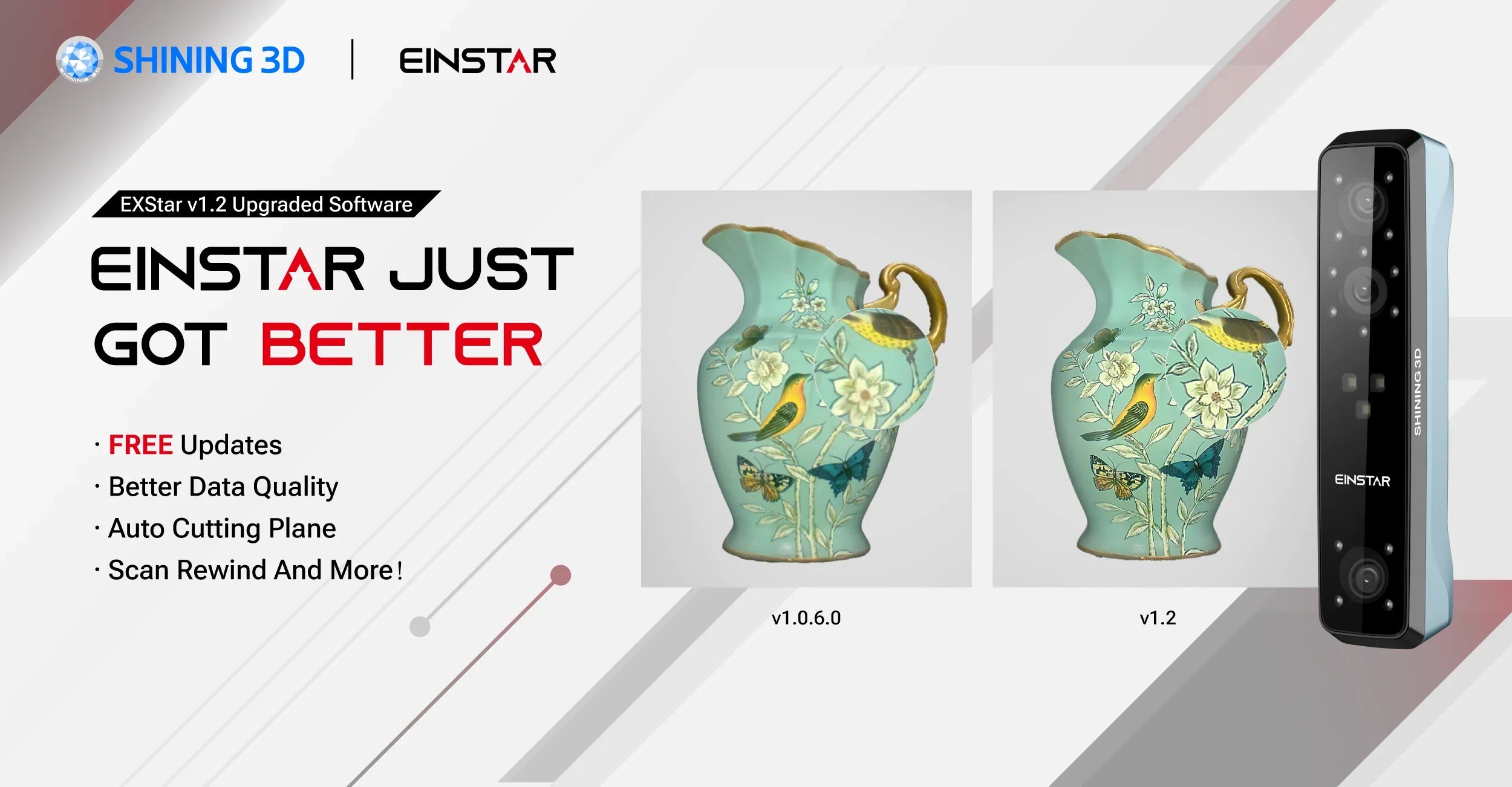
EXStar v1.2: Take you to a more wonderful 3D World
Introduction Since the release of Einstar, we have seen the great success on the entry-level of 3D scanning. However, we are thinking about stepping forward to improve the scanning performance and...

Dive into the World of Accuracy: Learn How It's Achieved
Many entry-level 3D scanners claim an accuracy of 0.02mm, 0.05mm, 0.1mm. However, it’s important to understand that single-frame accuracy is not the correct parameter to measure the accuracy of han...
FAQs
Join the 100,000+ users who trust EINSTAR 3D Scanners for their scanning needs! As a leading 3D scanning company powered by SHINING 3D, we are proud to offer top-notch 3D scanning solutions that meet your high standards.
Explore answers to common questions about our services, products, and policies.
1. What is 3D scanning?
3D scanning is a technique for creating digital 3D models of objects, structures, environments, and even people by collecting data about their shape and appearance.
1. How do 3D scanning devices work?
3D scanners mainly use structured light and laser technology. A projector forms a structured pattern of black and white stripes on the surface of an object, and a camera captures the distortion of these stripes. The software calculates the position of the points and determines the shape of the object, characterized by high precision and detail in the 3D scanning device's operation.
3. What are the main applications of 3D scanning?
3D scanners are widely used in various fields, including product design, game design, cultural preservation, AI fitting, motion capture for films, and data collection. They can quickly scan the surface of objects and convert them into digital 3D models, significantly reducing design time and increasing design efficiency.
4. What surfaces can EINSTAR’s 3D scanners scan?
Our 3D scanning device can scan a variety of surfaces, but highly reflective, translucent, or very dark surfaces may need to be covered with a matte spray to achieve the best results.
5. What are the output formats supported by the EINSTAR’s 3D Scanners?
Our 3D scanner supports multiple output formats, including OBJ, STL, PLY, 3MF, and P3, making EINSTAR’s 3D scanners compatible with various CAD design software and 3D printers.



